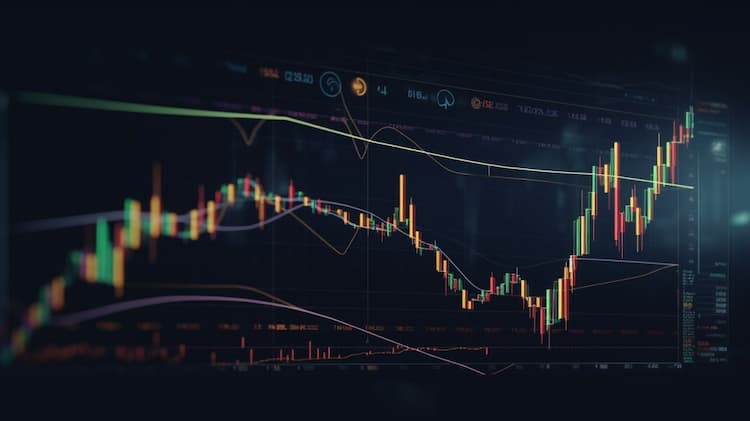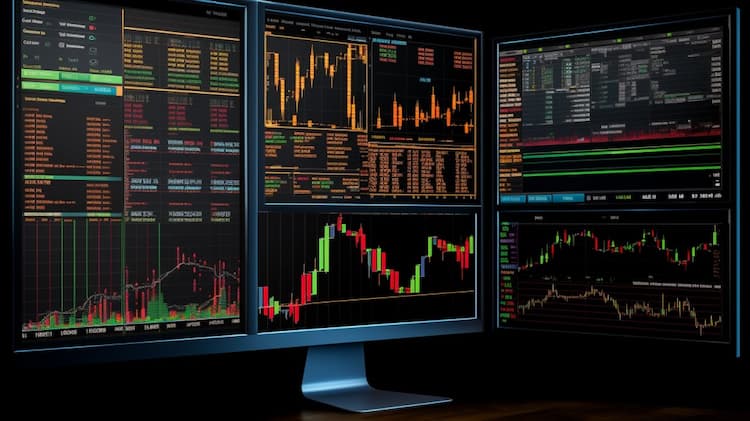
XLV VS IHF
Exchange-Traded Funds (ETFs) have reshaped the investment landscape, enabling investors to access diverse sectors and asset classes with ease. In this article, we will conduct an in-depth comparison between two prominent healthcare ETFs: XLV (Health Care Select Sector SPDR Fund) and IHF (iShares U.S. Healthcare Providers ETF). We'll explore various facets, including ETF tickers, full names, issuers, sectors, top holdings, capitalization, strategy, tracking, and exposure.
XLV Vs IHF: Overview
XLV and IHF are two healthcare ETFs that cater to different segments of the industry. While XLV focuses on broader healthcare companies, IHF zeroes in on U.S. healthcare providers. This variance in focus translates to distinct exposures and risk profiles, which we will delve into in the forthcoming sections.
XLV Vs IHF: Sectors and Top Holdings
The XLV ETF is centered on healthcare giants encompassing pharmaceuticals, biotechnology, and medical equipment. Its top holdings might include companies like Johnson & Johnson, Pfizer, and UnitedHealth Group. In contrast, IHF invests in U.S. healthcare providers such as health insurers and hospitals. Recognizing the sectors and top holdings helps investors align their investment objectives and risk appetite.
 XLV overlap XLV VS IHF
XLV overlap XLV VS IHF
XLV Vs IHF: Capitalization and Strategy
XLV boasts substantial assets under management (AUM), reflecting its popularity among investors seeking a diversified healthcare exposure. IHF's strategy revolves around capitalizing on the performance of U.S. healthcare providers, a niche subset of the industry. The divergence in capitalization and strategy creates varying potential for returns and risk, requiring investors to make informed decisions.
XLV Vs IHF: Tracking and Exposure
XLV aims to mirror the performance of the Health Care Select Sector Index, which comprises healthcare companies from the S&P 500. IHF, on the other hand, tracks the Dow Jones U.S. Select Healthcare Providers Index, consisting of U.S. companies providing healthcare services. The variance in tracking methods and exposure strategies underscores the importance of understanding an ETF's underlying index.
Conclusion
XLV and IHF stand as distinctive healthcare ETFs, each offering a tailored approach to investing in the healthcare sector. For investors seeking comprehensive insights into holdings, correlations, overlaps, and other financial nuances, ETF Insider presents an invaluable resource. This user-friendly app empowers investors with extensive details about these ETFs and other financial instruments, enhancing their decision-making process.
Disclaimer: This article is not intended to provide investment advisory services. It is crucial for readers to conduct their research or consult with financial professionals before making investment decisions.
Sources:
XLV Fund Overview. (link)
IHF ETF Fact Sheet. (link)
Index Methodology: Health Care Select Sector Index. (link)
Dow Jones U.S. Select Healthcare Providers Index. (link)
References:
- XLV Fund Overview. [Link to XLV Fund Overview]
- IHF ETF Fact Sheet. [Link to IHF ETF Fact Sheet]
- Index Methodology: Health Care Select Sector Index. [Link to Index Methodology]
- Dow Jones U.S. Select Healthcare Providers Index. [Link to Index Details]
XLV quote and analysis
Discover the top holdings, correlations, and overlaps of ETFs using our visualization tool.
Our app allows you to build and track your portfolio.
To learn more about the XLV Health Care Select Sector SPDR Fund, access our dedicated page now.
FAQ
Why is XLV better than IHF?
XLV may be considered better than IHF for some investors due to its specific focus, offering diversification.
Does IHF beat XLV?
IHF's performance relative to XLV will vary over time, depending on market conditions.
Should I invest in XLV or IHF?
The choice between XLV and IHF should align with your investment goals, risk tolerance, and desired exposure.
Are XLV and IHF good investments?
Both XLV and IHF can be suitable investments depending on individual investment strategies, goals, and risk profiles.
What is the correlation between XLV and IHF?
The correlation between XLV and IHF can vary over time, reflecting differences in performance.





